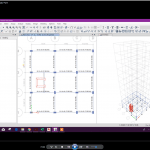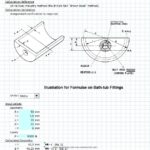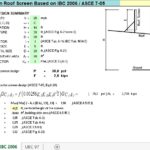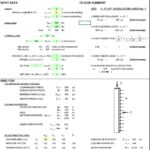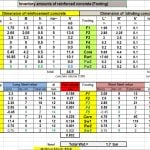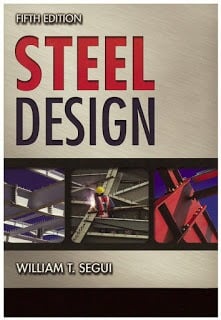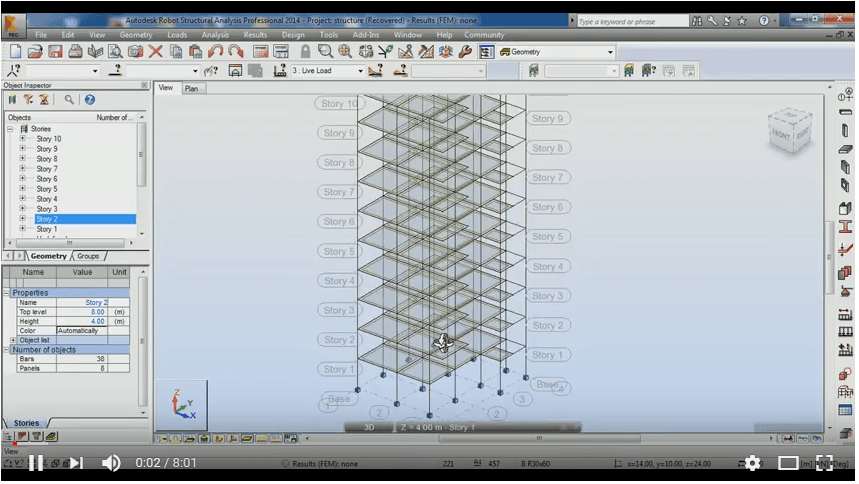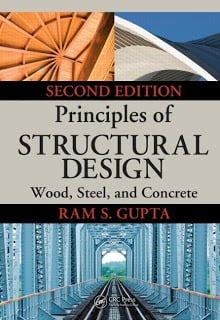
Principles of Structural Design Wood Steel and Concrete
28 November 2017Principles of Structural Design Wood Steel and Concrete
Buildings and other structures are classified based on the risk associated with unacceptable performance of the structure, according to Table 1.1.
The risk categories range from I to IV, where category I represents buildings and other structures that pose no danger to human life in the event of failure and category IV represents all essential facilities.
Each structure is assigned the highest applicable risk category.
Assignment of more than one risk category to the same structure based on use and loading conditions is permitted.
To safeguard public safety and welfare, towns and cities across the United States follow certain
codes for design and construction of buildings and other structures.
Until recently, towns and cities modeled their codes based on the following three regional codes, which are normally revised at 3-year intervals:
1. The Building Officials and Code Administrators National Building Code
2. The Uniform Building Code
3. The Standard Building Code
The book is appropriate for an academic program in architecture, construction management,
general engineering, and civil engineering, where the curriculum provides for a joint coursework in wood, steel, and concrete design.
The book has four sections, expanded into 17 chapters. Section I, comprising Chapters 1
through 5, enables students to determine the various types and magnitude of loads that will be acting on any structural element and the combination(s) of those loads that will control the design.
ASCE 7-10 has made major revisions to the provisions for wind loads. In Section I, the philosophy of the load and resistance factor design and the unified approach to design are explained.
Wood design in Section II from Chapters 6 through 8 covers sawn lumber, glued laminated
timber, and structural composite or veneer lumber, which are finding increased application in wood structures.
The NDS 2012 has modified the format conversion factors and has also introduced some
new modification factors.
First, the strength capacities in accordance with the NDS 2012 for tensile, compression, and bending members are discussed and the basic designs of these members are performed.
[su_button url=”https://drive.google.com/open?id=1tOwDzLf_bV94WrwXsh3d_tfEhwQ2aZBG” size=”7″ center=”yes”] Download Link[/su_button]

